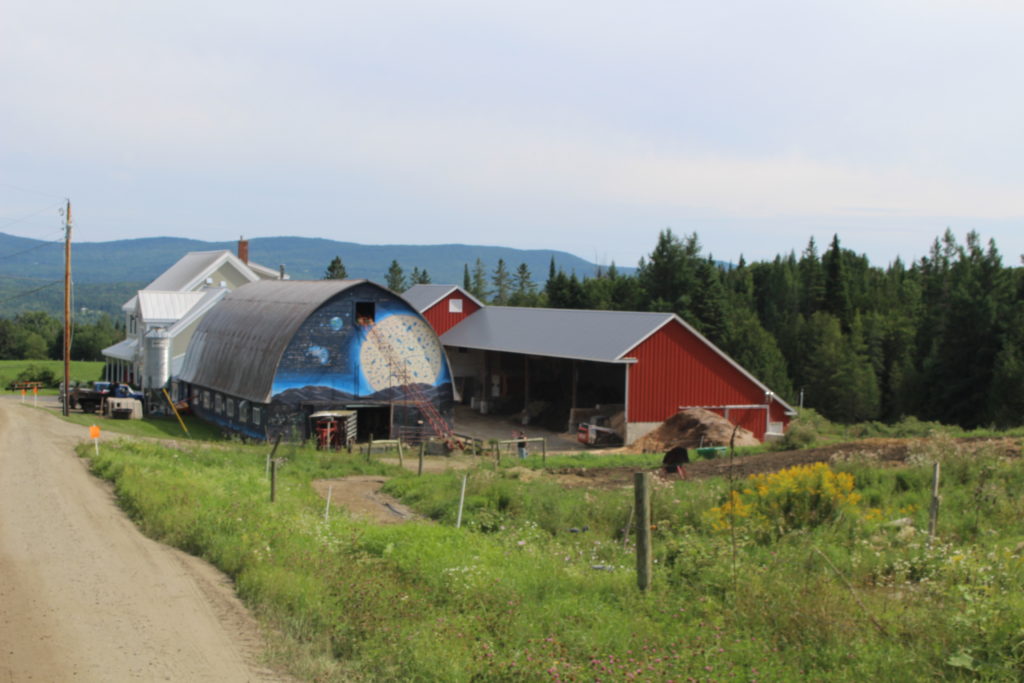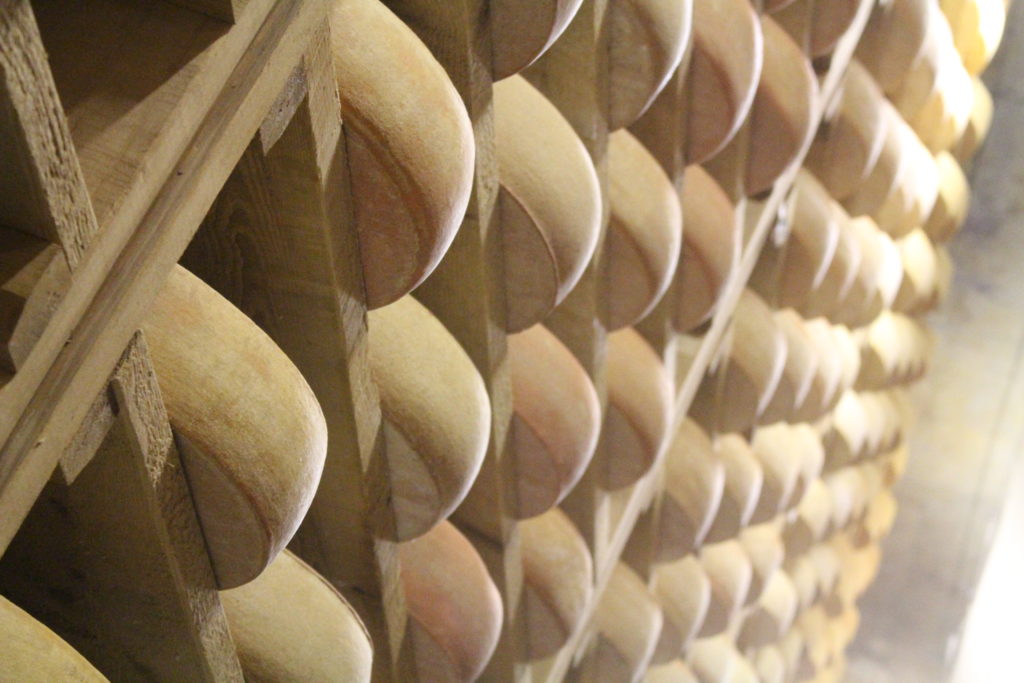Thank you, Jasper Hill Farm. Thank you for not only throwing a raucous (and fiery) 15th anniversary party, but to also mark the occasion with the launch of the inaugural Jasper Hill Science Fair. It seemed inevitable that the revered farm, creamery and cellar would mark their anniversary with a smorgasbord of cheese and possibly the largest bonfire Vermont has ever seen – and they could have settled with just that. Instead Jasper Hill furthered its commitment to strengthening the ties between artisanal cheesemaking and academia by hosting a day of lectures examining the role of science in the dairy world, culminating in a talk by University of Vermont professor Paul Kinstedt that absolutely blew my mind.

Professor Kinstedt recently published, along with Gil Tansman and John Hughes, a series of papers exploring the development of crystals in various types of cheese. Pat Polowsky, of Cheese Science Toolkit fame, has been proselytizing this work around the country over the past year, so many of the cheese professionals in the room were already aware of the work being conducted at UVM. This gave Paul Kinstedt the opportunity to ruminate on the implications of the work and the subject was riveting.
Before diving into meat (paste?) of the talk, allow me to clumsily summarize a bit of the research conducted. One of the great, false assumptions of the cheese world has surrounded the grittiness found on the surface of many washed rind cheeses. The common assumption had been that this delightful texture was caused by the buildup of salt from the brine typically used to wash this style of cheese. What Kinstedt and his team found was that this grit was in fact mineral crystals that formed during ripening of the cheese. They were able to identify the presence of two rather unique crystals on the surface of washed rind cheeses: struvite and ikaite.

It is that second crystal, ikaite, which formed the basis of Kinstedt’s talk about the applications of his research. Ikaite is found outside of the world of stinky cheeses. Most notably tall columns of it have been found in artic marine environments. As it turns out the formation of ikaite can act as a marker for studying historic climate change. The way that ikaite crystallizes in marine environments is directly influenced by the temperature of the surrounding seawater. Since these crystal columns are thousands of years old, a close examination of their structure can yield information about the change of temperature in the ocean over time. The problem, however, is that we don’t know that much about how ikaite forms. Until recently we only found it at the bottom of very cold oceans – not the most hospitable environment for conducting research.
And this brings us back to the cheese. Ikaite forms on cheese. Kinstedt conjectures that the surface of washed rind cheeses can serve as a laboratory to further study how ikaite forms. This will yield better models of historic climate change. As he noted in his lecture, the Middle Ages saw a slight rise in global temperature which led to a rise in ocean levels. In the grand history of cheesemaking, the rising sea levels had a direct impact on the Netherlands who resorted to a greater reliance on dairying after whole swathes of land became unfallowable. Luckily for us, the end result was the development of the grand cheeses Edam and Gouda. So what Professor Kinstedt is suggesting is that we can use cheese surfaces to model the climatic impacts on history that led to the development of classic cheeses. Boom, Full Circle Mind Blowing!
